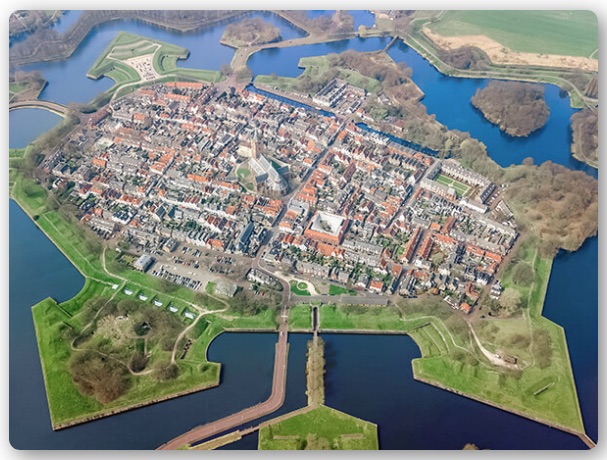
by Kamal Obeid | Sep 11, 2019 | Landtech Blog, The Way of the Land
“Never before has the future looked so exciting.” That’s how the ASCE introduces “Future World Vision,” an ambitious, hopeful and deep examination of future trends and how civil engineers can be better equipped to meet the unprecedented challenges of tomorrow, including climate change and rapid population growth.
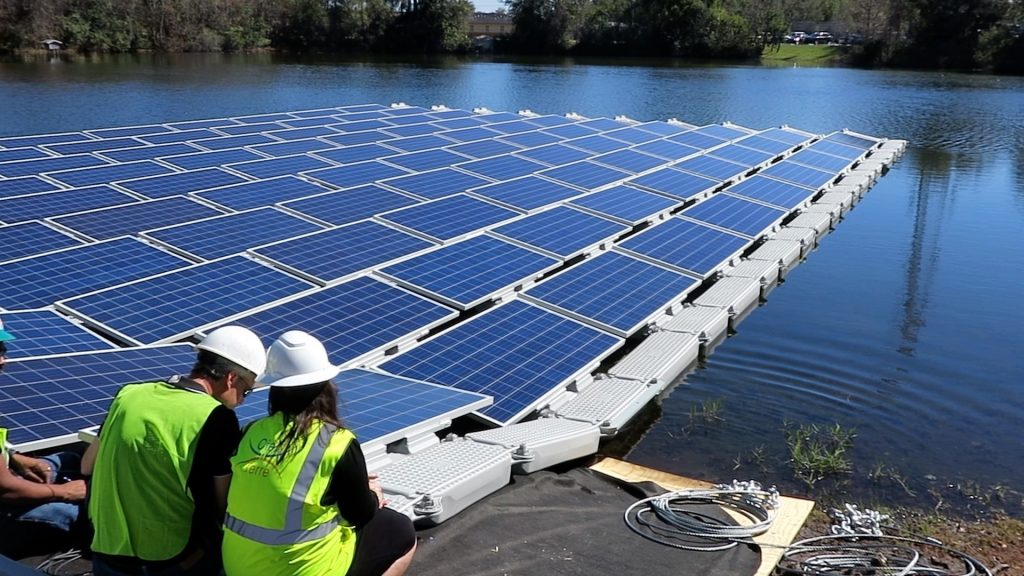
by Kamal Obeid | May 2, 2019 | Landtech Blog, The Way of the Land
With recent discussion of a “Green New Deal” in congress, our country’s infrastructure becomes open to a revolutionary shift. Our infrastructure, having been engineered from the bottom up, now must be redesigned with consciousness to nurture and sustain life in the 21st Century. In realizing this shift, the Civil and Structural Engineering profession has the opportunity to be on the cutting-edge of industry.
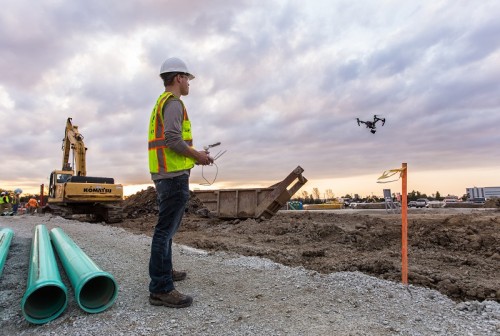
by Kamal Obeid | Mar 7, 2019 | Landtech Blog, The Way of the Land
Drones are everywhere. Look up when you’re walking in a park, or sitting on a beach, and you might catch one buzzing about. Commercially-available drones can fly up to 100 miles per hour. And ready or not, they’re going to be delivering packages to your doorstep very soon. They already can deliver pizza.
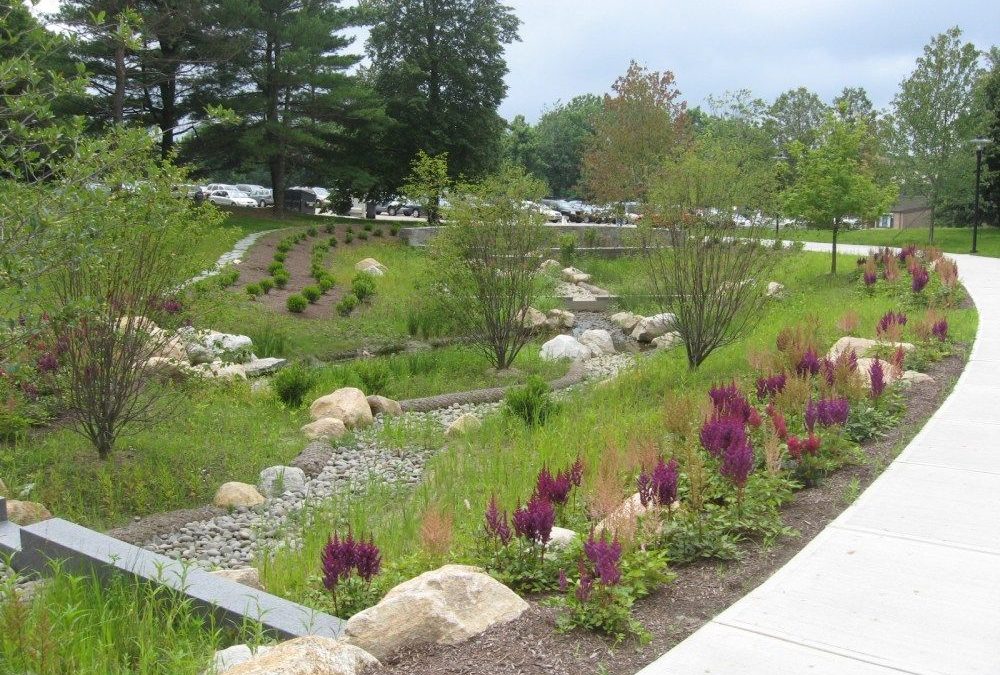
by Kamal Obeid | Nov 6, 2018 | Landtech Blog, The Way of the Land
Bioretention areas, also sometimes called rain gardens, are the post-construction stormwater treatment measure of choice for commercial developments in the Bay Area. Civil engineering design often utilizes this Low Impact Development (LID) practice that combines aesthetic landscaping with engineered stormwater management systems designed to remove pollutants through natural processes. According to the San Francisco Bay Water Quality Control Board, “In the San Francisco Bay watershed, urbanization and agricultural runoff is generally considered to be the largest source of pollutants to aquatic systems.” Stormwater in cities picks up debris, oil, chemicals, etc. from impervious streets and sidewalks and washes it down the storm drain and into surrounding bodies of water rather than sinking into the ground like rainfall does in an undeveloped area. According to the C.3 Technical Guidance Handbook, a bioretention area is:
“…designed to have a surface ponding area that allows for evapotranspiration and to filter water through 18 inches of engineered biotreatment soil. After the water filters through the engineered soil, it encounters a 12-inch layer of rock in which an underdrain is typically installed. Bioretention areas may be lined or unlined depending on the hydraulic conductivity rate of the underlying soils.”
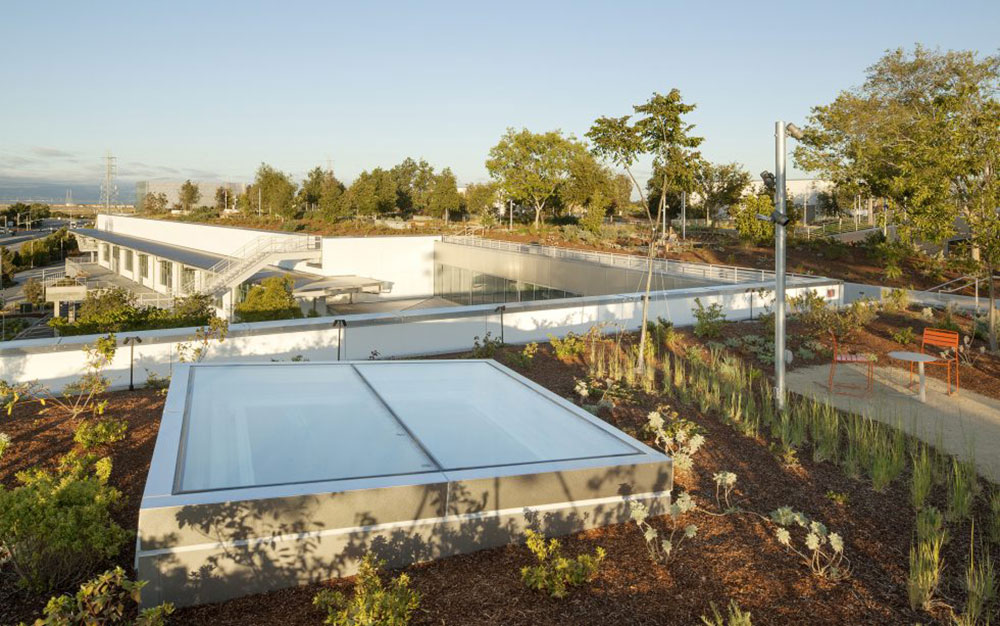
by Kamal Obeid | Mar 23, 2018 | Landtech Blog, The Way of the Land
The Bay Area is known for its environmentally conscious mindset – that of its citizens, environmental policies and the kind of development the region attracts. Initiatives have developed at municipal levels, such as San Francisco’sban on plastic checkout bags in 2013 and San Jose’s sustainable city plan. Private companies have also taken similar initiatives, think Facebook’s campus with its 9-acre green roof and Salesforce East’s Platinum LEED status remind us that sustainability is here to stay. Along with environmentally-intelligent development and the regulations that govern it, the need for equitable water management practices at both public and private levels is a growing issue. Currently, the Bay Area’s approach to water management is steadily improving with the help of the region’s development standards and the increase in our collective environmental awareness.
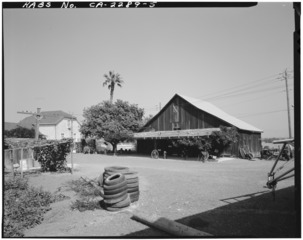
by Kamal Obeid | Nov 1, 2017 | Landtech Blog, The Way of the Land
I first started as a civil engineer during the 1980s. At that time, Fremont, California, located in the East Bay of California’s San Francisco Bay Area, was a sleepy suburban community in the backdrop of the larger region. The not-too-distant Silicon Valley was in the throes of a recession. The historical farming community was evolving with acres of land being developed into subdivisions and ancillary commercial strip center development. Large areas of pristine open space were under threat from encroaching suburbia. The City of Fremont government, actively dealing with development pressure and market forces, was also beginning to steer the City away from unplanned, market-driven development.






